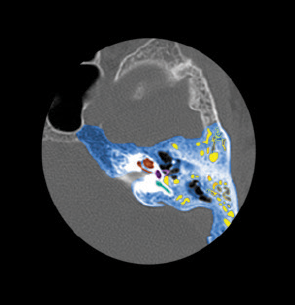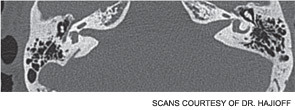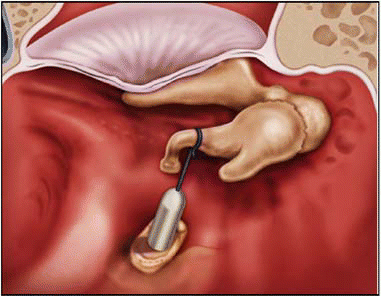Reliance on CT for selection of septoplasty candidates is discouraged


Reliance on CT for selection of septoplasty candidates is discouraged

Radiologists Hugh Curtin, MD and Caroline Robson, MBChB discuss indications for both CT and MRI imaging studies in the evaluation and management of otologic disease.

Researchers at Triological Society conference discuss diagnostic usage of computed tomography, magnetic resonance imaging for otologic disease
Evidence suggests CT accuracy for ECS detection poor in HPV-positive patients
How does combined positron emission tomography and computed tomography (PET/CT) compare with CT and magnetic resonance imaging (MRI) for monitoring head and neck cancer?

There is no one right answer to the question of which imaging test is best for patients with hearing loss who are candidates for cochlear implantation. Age, underlying pathology and the ability to tolerate radiation and sedation are just a few of the variables that can determine whether magnetic resonance imaging (MRI), computed tomography (CT) or both are chosen in this clinical setting.

PET combined with CT might be one of the most powerful imaging technologies available, but how effective it is in evaluating head and neck tumors and helping with treatment is not a cut-and-dried proposition, said Jonas Johnson, MD, in his State of the Art Lecture at the 115th Annual Meeting of the Triological Society, held here on April 20 as part of the Combined Otolaryngology Spring Meetings.
Does the technique of fusing MRI images with high-resolution CT images improve the efficiency of detecting recurrent cholesteatoma in children, in particular for small cholesteatomas? Background: Radiographic documentation of small recurrent […]


Be careful not to be too quick to say that a patient’s problems are due to canal dehiscence.